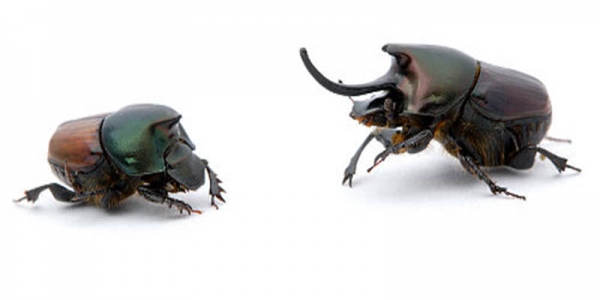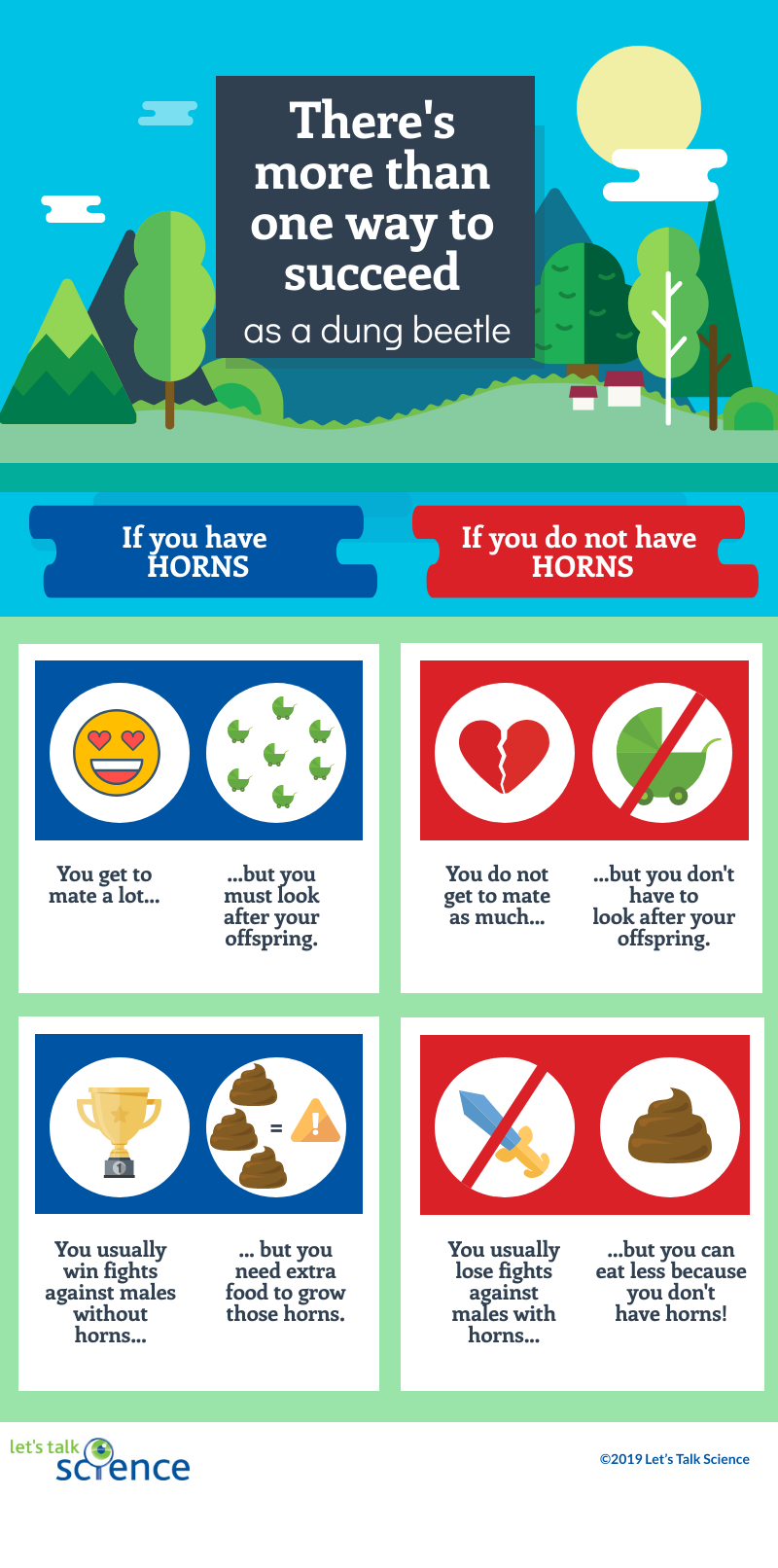How to Find a Mate When You Smell Like Dung

Circellium bachuss, a species of dung beetle, rolls a dung pile (Kay-africa [CC BY-SA 3.0], Wikimedia Commons)

Circellium bachuss, a species of dung beetle, rolls a dung pile (Kay-africa [CC BY-SA 3.0], Wikimedia Commons)
6.45
How does this align with my curriculum?
Curriculum Alignment
AB
10
Knowledge and Employability Science 10-4 (2006)
Unit D: Investigating Matter and Energy in Environmental Systems
AB
10
Science 14 (2003, Updated 2014)
Unit D: Investigating Matter and Energy in Environmental Systems
BC
11
Environmental Science 11 (June 2018)
Big Idea: Complex roles and relationships contribute to diversity of ecosystems.
NU
10
Knowledge and Employability Science 10-4 (2006)
Unit D: Investigating Matter and Energy in Environmental Systems
NU
10
Science 14 (2003, Updated 2014)
Unit D: Investigating Matter and Energy in Environmental Systems
YT
11
Environmental Science 11 (British Columbia, June 2018)
Big Idea: Complex roles and relationships contribute to diversity of ecosystems.
NT
10
Knowledge and Employability Science 10-4 (Alberta, 2006)
Unit D: Investigating Matter and Energy in Environmental Systems
NT
10
Science 14 (Alberta, 2003, Updated 2014)
Unit D: Investigating Matter and Energy in Environmental Systems
BC
11
Life Sciences 11 (June 2018)
Big Idea: Life is a result of interactions at the molecular and cellular levels.
YT
11
Life Sciences 11 (British Columbia, June 2018)
Big Idea: Life is a result of interactions at the molecular and cellular levels.

